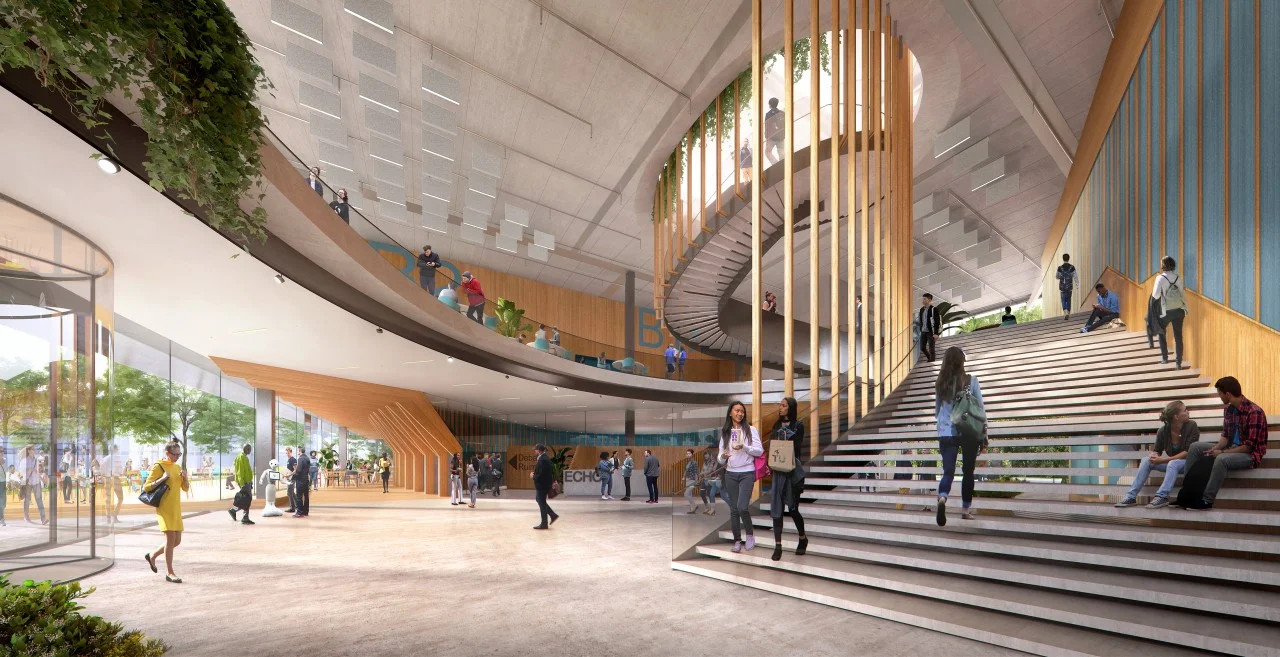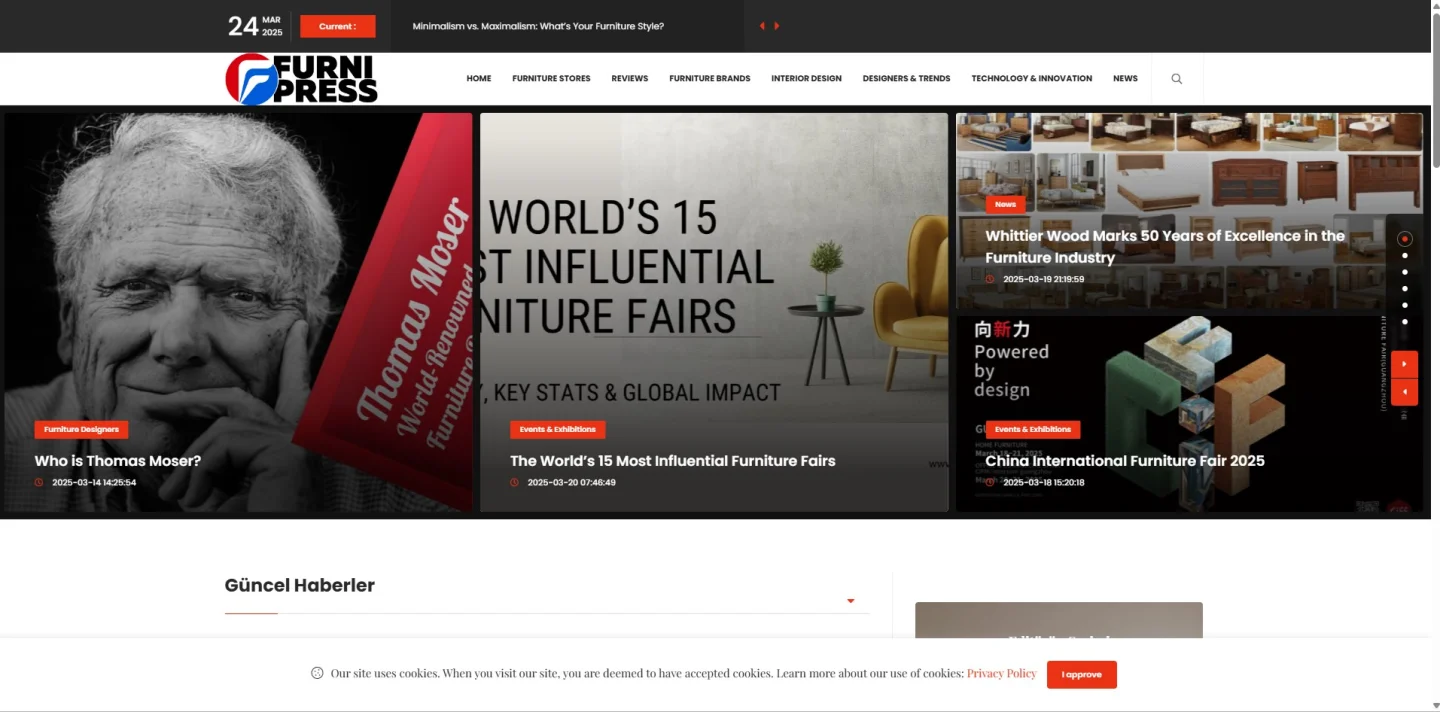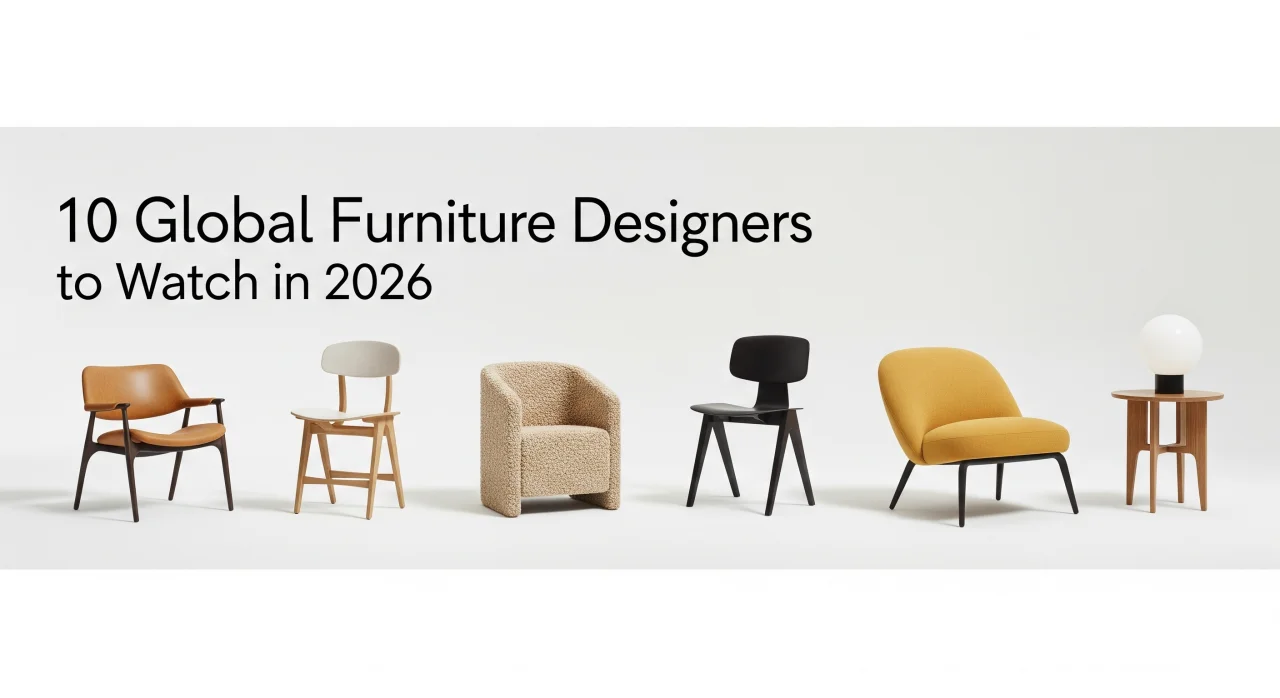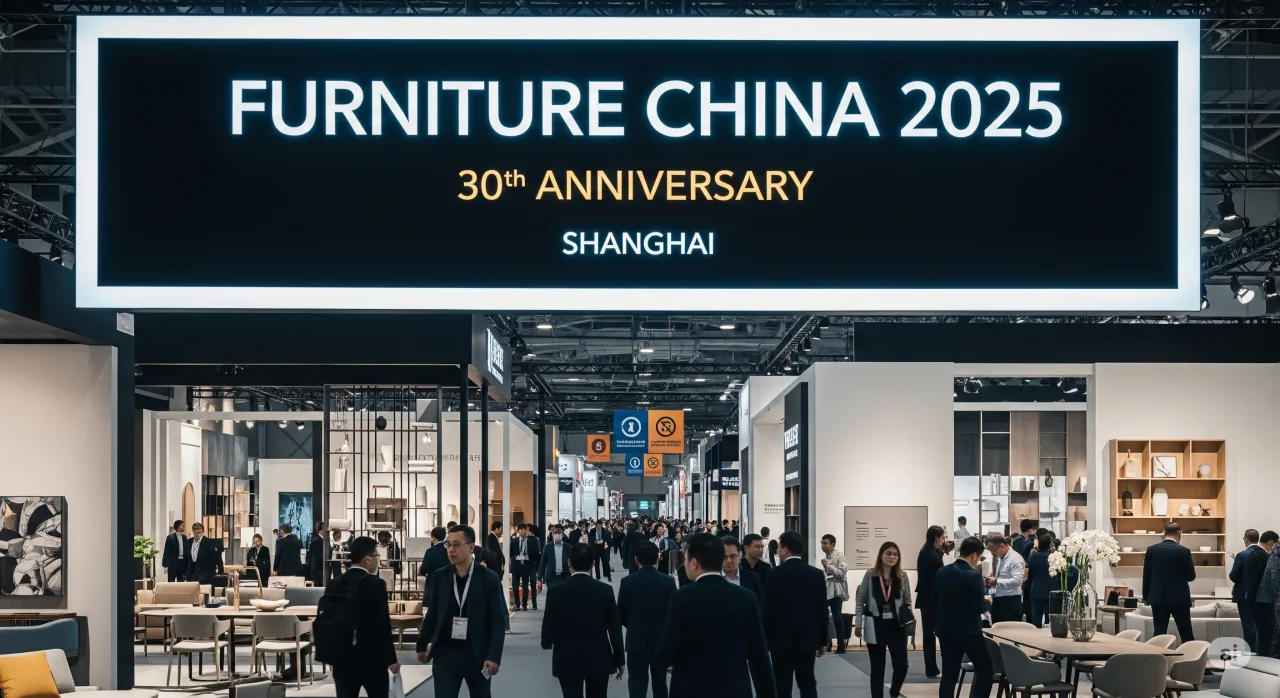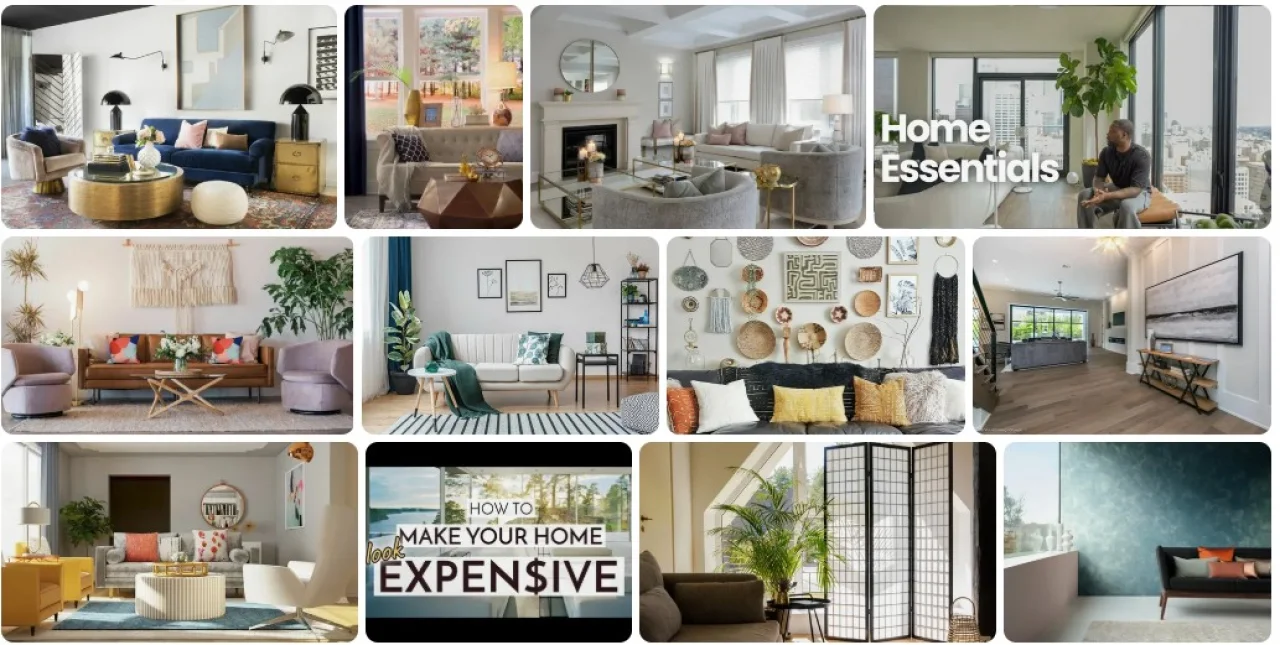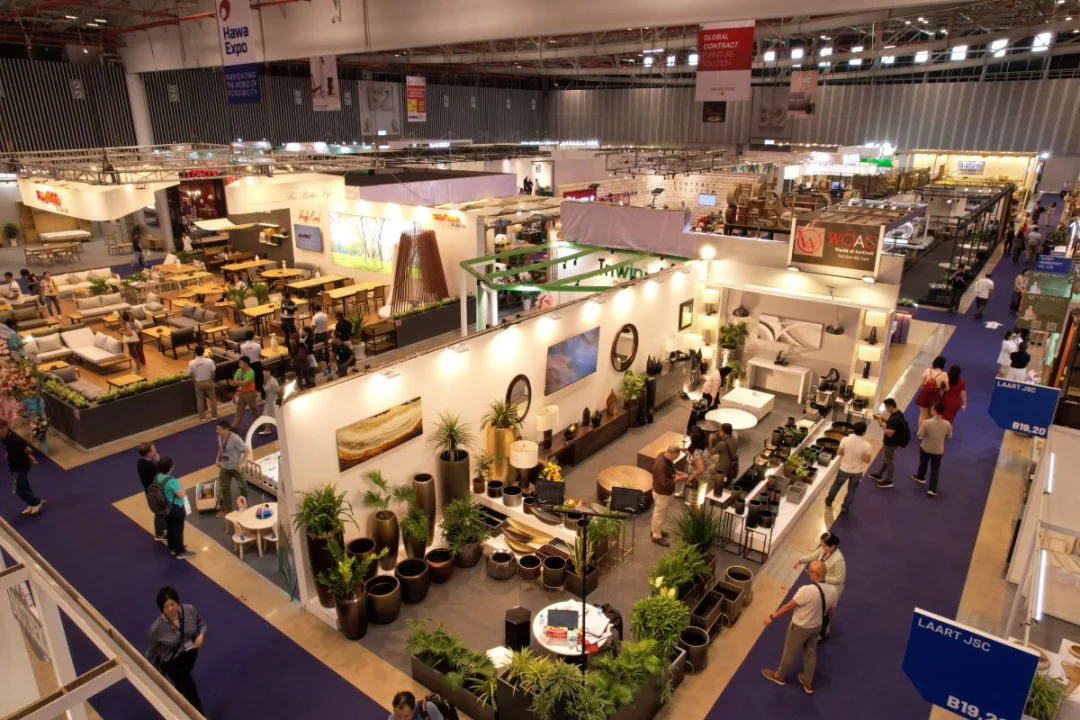Why These Trends Matter for the Global Furniture Industry
As we look toward 2030, furniture design is evolving to meet modern demands: ecological responsibility, wellness, compact living, and technological integration. Today’s manufacturers must anticipate these shifts to stay relevant in a global market driven by conscious consumers and increasingly urbanized lifestyles.
1. Soft Minimalism & Curved Comfort
Minimalism is evolving. Instead of stark austerity, “soft minimalism” combines clean lines with tactile textures, warm neutrals, and gentle curves—infusing spaces with calm, comfort, and timeless style.
Curved sofas and chairs promote a cocooning feel, ideal for both large and compact interiors.
2. Biophilic & Nature‑Inspired Design
Biophilic design remains central to global furniture innovation. Expect rising use of reclaimed wood, stone, bamboo, indoor greenery, and organic shapes—elements scientifically proven to improve mental and physical well-being.
Indoor planters and vertical gardens are becoming integrated features in furniture pieces.
3. Adaptable Furniture for Compact Living
With urban living space shrinking, multifunctional and modular furniture is booming. Murphy beds, folding tables, and reconfigurable shelving systems cater to flexibility and personalization .
Consumers now seek furniture that can be rearranged as easily as their lifestyle.
4. Tech-Integrated & Smart Furniture
Furniture is becoming smarter: think built-in wireless chargers, adaptive lighting, posture-sensing desks, and voice-enabled controls.
AR/VR tools aid online purchasing, reducing returns and enhancing customer confidence.
5. Maximalism & Personalized Expression
Alongside minimalism, maximalist and nostalgic statements are rising. Bold upholstery, statement colors, vintage accents, and retro silhouettes empower self-expression and depth in design.
6. Sustainability & Circularity
Sustainability is a central, enduring theme. Expect greater use of recycled materials (ocean plastics, reclaimed wood), cradle-to-cradle designs, upcycling, and buy-back programs—ushering in a true circular economy.
Local sourcing and energy-efficient production reflect global environmental priorities.
7. Wellness, Ergonomics & Inclusivity
Furniture is evolving with wellness in mind—ergonomic home office systems, antimicrobial materials, inclusive design for all ages, and flexible wellness-oriented layouts are increasingly common.
| Trend | Impact |
|---|---|
| Soft Minimalism & Curves | Calm, stylish comfort |
| Biophilic Design | Wellness, mental health benefits |
| Adaptive Modular Furniture | Versatile fit for compact urban living |
| Smart Furniture | Enhanced convenience, tech-enabled lifestyles |
| Maximalism & Personalization | Creative self-expression |
| Sustainable Circular Design | Resource efficiency & eco-appeal |
| Wellness & Inclusivity | Health-conscious narratives & market reach |
Furniture is shifting toward a future where sustainability, personalization, space intelligence, and technology converge. These trends are not fleeting—they represent a fundamental realignment in design philosophy that will define the next decade's homes and workplaces.

